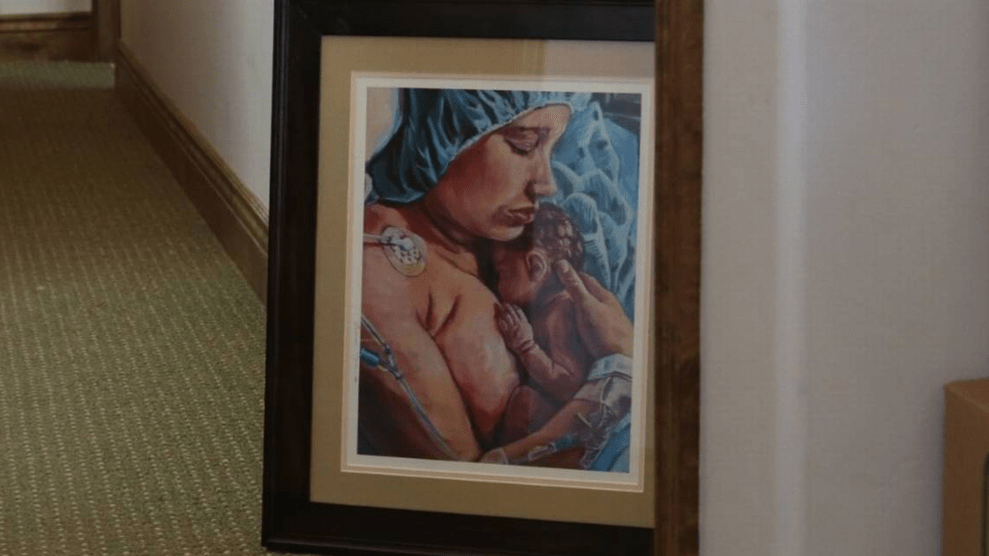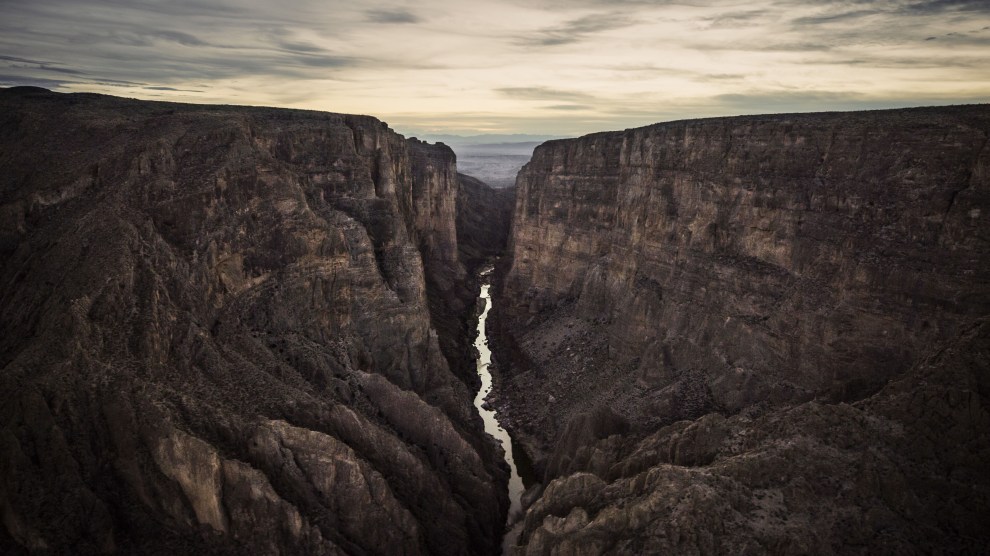
Mariscal Canyon in Big Bend National Park, where the Wild & Scenic designation of the Rio Grande in Texas begins.Courtesy: The River and the Wall
Riding horseback on a mustang he trained himself, Ben Masters is only 30 minutes into his backcountry traverse of Texas’ Big Bend, a wilderness area spanning hundreds of thousands of acres along the United States–Mexico border, when he dismounts and tells his group that the hill they’re descending is “definitely a walker.” The horses slip on scree piles and boulders and navigate around thorny cacti and cliff edges. “This area is some of the gnarliest, rockiest, nastiest terrain I’ve ever been in,” he says. The moment is captured in his new film, The River and the Wall, which follows Masters and four friends as they travel 1,200 miles from El Paso to the Gulf of Mexico on horses, mountain bikes, and canoes to better understand how the environment would be affected by a border wall, should President Donald Trump get his way.
Masters has seen a lot of rough terrain. Several years ago, he and a group of friends rode mustangs across 3,000 miles of America’s wildest backcountry, from Mexico to Canada, in a journey that he documented in a film and book titled Unbranded. But after negotiating Big Bend’s box canyons, sheer cliffs, whitewater rapids, and all manner of thorny brush, he says: “This area is as difficult as any landscape that I’ve been to in the West. I don’t see how you could build a physical border wall that’s more difficult to cross through than this landscape.” Or, in the words of Rep. Will Hurd (R-Texas), who is featured in the film along with Beto O’Rourke, putting a wall through Big Bend would be “insane.”
For the two-and-a-half-month-long trip, Masters recruited a river guide, an ornithologist, a conservationist, and a National Geographic explorer and filmmaker. As they venture into the wilds of the Texas–Mexico borderlands, they slowly build a case against Trump’s “big, beautiful border wall,” showing the wildlife refuges it would cut through and destroy; the ranchland it would dissect, cutting off Americans from a critical water source in an otherwise arid landscape; the recreational areas that would be lost to the other side of a fence; and the harsh landscape to which migrants and refugees would be further relegated should more walls be built in less dangerous terrain.
I recently spoke with Masters about the journey and about the destructive realities a border wall would impose on the Texas wilderness. The conversation has been edited for length and clarity.
Mother Jones: Why did you decide on this particular trip?
Ben Masters: I’ve spent a lot of my life along the border. The border wall was really kind of personal. It would go through a lot of places that are near and dear to my life. The idea of doing a trip along the Rio Grande started selfishly. I wanted to go see all those landscapes and all the wildlife before it’s changed by a wall. Hearing all the rhetoric and seeing the news, it seemed like the border that people saw on the news was different from the border I know in real life.
MJ: In the Big Bend, you see a pretty insane landscape, and the idea of building a wall in it seems almost absurd. What struck you about the prospect of a wall in that kind of environment?
BM: There are some people who want to build a border wall from sea to shining sea. Those people don’t know what’s there, because if they did there’s no way they would want it. It’s just not realistic. There are cliffs and canyons for hundreds of miles of the border.
That conversation has shifted over the past two years from when Trump first got elected—this “big beautiful wall” along the entire Southern border. That rhetoric has changed, and people realize that it’s just lunacy—it’s crazy. I hope people will look at the film and see those landscapes and celebrate what’s there. The Rio Grande is a wonderful, amazing place. Some of the features that are along our border are some of the most magnificent landmarks and areas in the country, if not the world.
MJ: It was striking to see the diversity of the wildlife and landscapes. Even outside of Big Bend, there are wildlife refuges and vast, open land. What did you find in terms of how a wall would impact them?
BM: Texas is only five percent public land, and only about three percent of the state is actually open to the public. Public land recreation—the ability to access the outdoors—is pretty limited. Our biggest national park, our biggest state park, our biggest wildlife management area [Note: It’s actually the second-biggest wildlife management area in the state], our most biologically diverse state park, the best birding—all of those areas are located on the Rio Grande, and on the border itself.
The spots that are a priority for border-wall construction in South Texas [are] in the lower Rio Grande Valley, in the Laredo sector. And in those areas, conservation organizations for decades have worked tirelessly to put together these different public-land conservation areas, to preserve wildlife but also to provide the ability for Texans to experience the outdoors and recreate along the Rio Grande. A wall could be built through these wildlife refuges and state parks and different conservation areas for dozens of miles that would block access to the public lands and it would also have an impact on the wildlife itself.
Part of the plan for the wall is an enforcement zone. Some say that zone will be 50 yards, some say it would be 100 yards, we don’t really know, but because the border wall would extend for so much mileage, and because those protected areas are right there on the Rio Grande, the enforcement zones would be built into some of the last remaining habitat we have in those areas. It’s very important habitat, the only spot like it in the country.
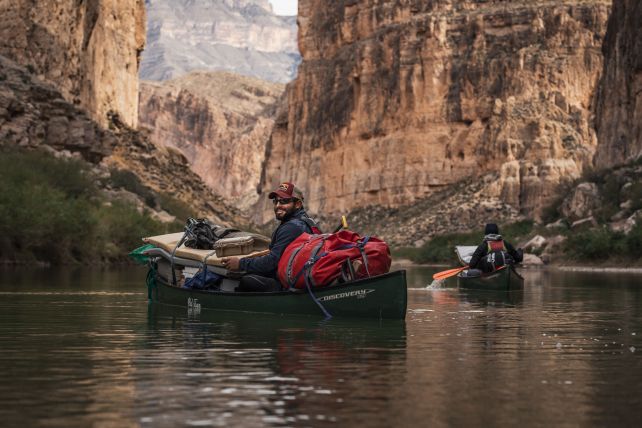
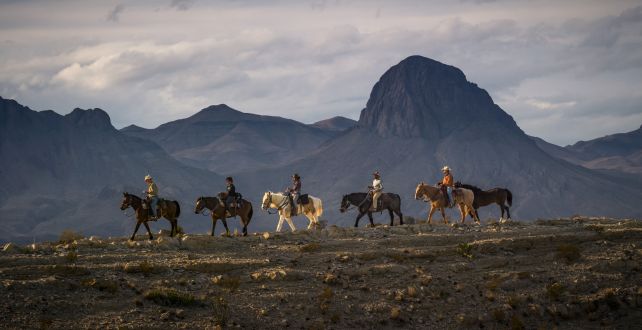
MJ: The question of access is an interesting one. When I’ve reported at the border I’ve noticed that people on the Mexico side are there hanging out, fishing, having barbecues. But then nothing on the US side—no one using it.
BM: It’s a very stark contrast. In Mexico you see soccer fields and baseball and barbecues and people fishing on the river. And then on the Texas side, where there’s already a wall that’s been constructed, people are blocked off. You think about most major cities, and their big attraction is a waterway—that’s why they were built there. And to have a wall that blocks you from the big attraction, it is offensive to many people who live along the border.
MJ: You mentioned that the rhetoric around the wall has changed in the past few years. Most recently, it’s mostly been about upgrades and fixes to border fence that already exists. Did that changing rhetoric inform the narrative you wanted for the film, or did it force you to make any changes?
BM: One of the most difficult challenges making this movie was the changing political atmosphere and the evolving rhetoric behind it. When we first started, there was talk of a sea-to-shining-sea wall that would be cement, 30 feet high. Right now, for the 2019 fiscal year, there’s a national emergency declaration that’s calling for a couple hundred miles of new wall, plus beefing up the existing wall, but no one knows if the funding will go through, or how much will come in after that. And still this year, one of Texas’ own representatives, Sen. Ted Cruz, is calling for $25 billion, which is enough funding to build the sea-to-sea wall. The idea of building a continuous 30-foot-high wall is still floating around, and I don’t think that idea will go away soon.
I also believe that if 300 miles of wall are constructed, it will have an impact on where people are coming in, and it’s going to force them into more of those rural and desert areas. Two years from now, it is possible that people would be talking about building through Big Bend National Park, or through the canyon country, because all of a sudden people are going to be funneled through those areas. That’s what we’ve seen in the past.
There are people crossing through the Big Bend, and in the desert country in Arizona, that’s occurring right now. Since there has been a wall in many urban areas, it has pushed human traffic away from the cities into more rural and hostile areas. One effect of that is the Border Patrol has more time to apprehend a group of people crossing. Another result is you have people dying because they’re in the desert. It’s some of the gnarliest, most difficult terrain to cross in North America.
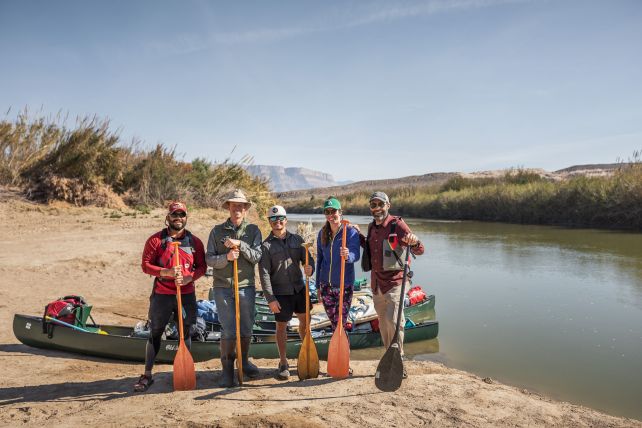
MJ: Did you chose the journey format, of blending an adventure film with political commentary, to make the politics more digestible?
BM: The purpose was to take people on a journey to the border so that they can see it for themselves and hear from the people who live there directly, how a wall will impact their personal lives and personal property.
We had Republican Congressman Will Hurd and, at that time, Democratic Congressman Beto O’Rourke speak on behalf of not only their districts but their parties to some extent, to represent both sides of the aisle.
MJ: Although they seem to pretty clearly aligned on the concept of a wall and whether or not it would be effective, right?
BM: They do differ. Will Hurd says, “There are places where a wall makes sense.” In the urban areas, in the places where Border Patrol’s response time has to be measured in seconds to minutes. And as far as the immigration policy aspect, Hurd differs greatly from Beto O’Rourke. But indeed, they do agree that a sea-to-shining-sea wall is totally asinine.
They talk about how the only way to address these big challenges is to work together and find compromise. I hope the film opens up dialogue between people with different beliefs on immigration and the border, because it is complex and it is controversial and it is very nuanced. There are serious issues that need to be addressed, and I think the only way to do that in a logical, compromising manner is to know what other people believe and what the border actually looks like. I hope our film contributes to people making more informed opinions.
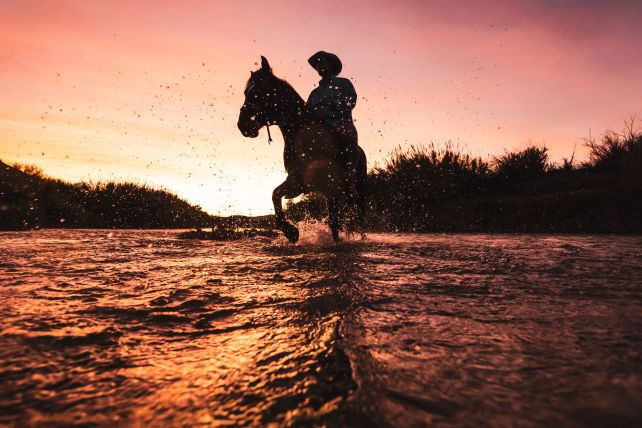
MJ: Why did you limit the journey to the Texas borderlands, as opposed to doing the entire border, or starting somewhere in Arizona, New Mexico, or California?
BM: We decided to keep it to Texas, because we’re a bunch of Texans, and that was just the idea we had. Didn’t think about it at the time, and didn’t do it.
MJ: Do you have a new project in the works yet?
BM: I think after this, Bryan, I’m going to do something less controversial. Maybe gun rights, or abortion.
The River and the Wall opened in New York City last week and is now available in theaters and on demand, including on iTunes and Amazon Prime.






